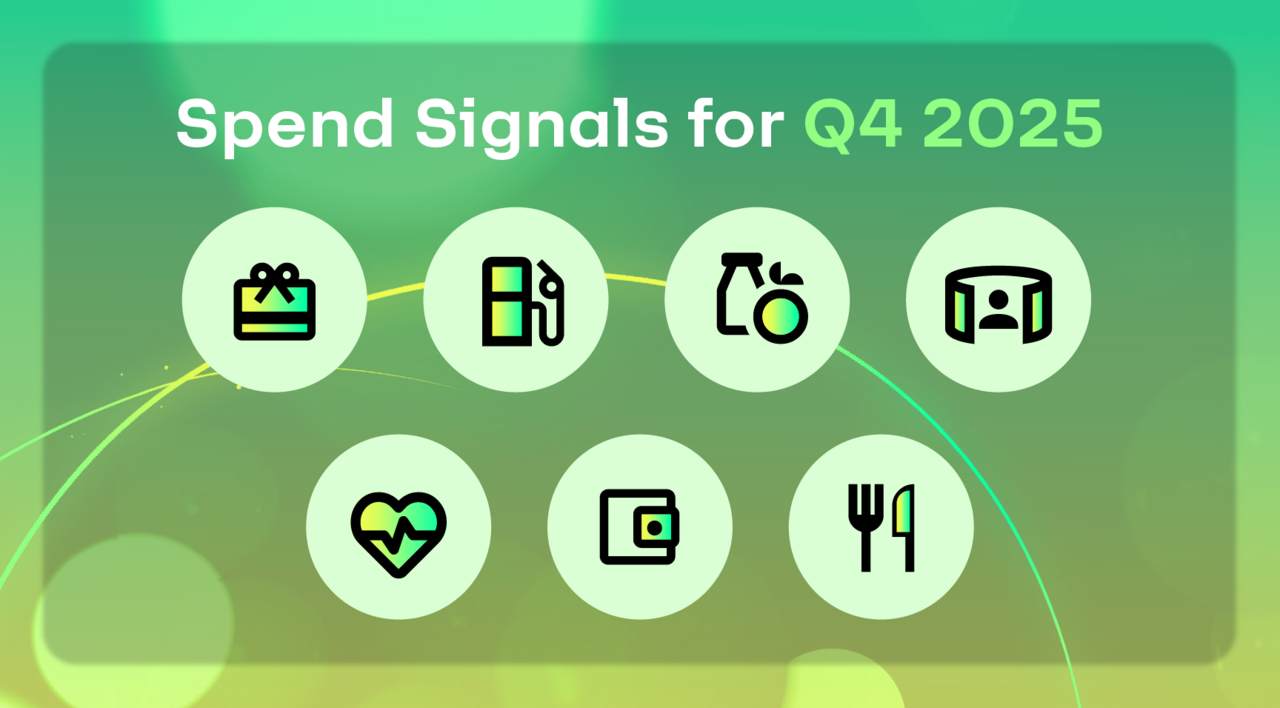The question of credit cards vs. e-wallets is a big topic at the moment, as businesses and users try to predict which way the global payments market will move in the future. E-wallets and digital payment capabilities are certainly gathering pace, especially since the pandemic increased the demand for contactless forms of payment. However, credit cards are still important players in the market.
The United States is the world leader in terms of credit card payments, and there are currently three times as many credit cards in circulation as debit cards. The two biggest providers — Citibank and Chase — have over 80 million active account holders each. Across the world, there are 2.8 billion credit cards, 551 million of which are supported by Mastercard. Although e-wallets might be on the rise, credit cards are certainly still around.
So, what does this mean for the cards vs. e-wallets debate?
It seems unlikely that the rise of e-wallets will slow down anytime soon. However, it also seems unlikely that credit cards will disappear from the landscape over the next few years. To understand more about this, let's look at some of the key drivers in this debate, examining the relative advantages and disadvantages of each payment option for users.
The pros of credit cards
Credit and debit cards have been the primary form of payment for decades. While once upon a time cash was the preferred method of closing a transaction, the convenience and relative ease of carrying a card gathered ground since the introduction of the magnetic stripe cards in the 1960s, until these plastic payment solutions became a fixture in the wallets and pockets of most people across the country.
Most people still have cards, but new payment solutions have entered the landscape, and these may be threatening the traditional dominance of physical credit and debit cards. Despite this, there is still a strong case to be made for using a credit card vs. using a digital e-Wallet.
1. Credit facilities are available with cards
Many people will have both a credit and a debit card, and they use these cards in different ways. With a credit card, users will be able to utilize the credit facility built into the account — this essentially means spending money that has been loaned to the user by their bank or another account provider. This can be very useful as users manage their available funds and make decisions on their financial future. It will also help users build a healthy credit score, provided they utilize the credit facilities responsibly.
2. Some flexibility on higher-value transactions
When users execute high-value transactions with a credit card, they gain an element of flexibility. In some cases, credit purchases can be converted into equated monthly installments, or EMIs, similar to loans. This can reduce the cost of borrowing, offering additional capabilities to card users as they seek to manage their finances.
3. Reward points may be available
Some card providers will offer reward schemes, giving users something in return when they execute a transaction with their card. When handled in the right way, these reward schemes can be valuable. Users may be able to redeem reward points when they travel, dine in certain restaurants, or simply as cashback from the card and account provider — it really depends on the specific terms and conditions applied to the card.
4. Increasingly convenient technology
Both credit and debit cards have become increasingly easy to use over the years. While users once had to swipe and sign for purchases made on a card, this gave way to a simple PIN code some years ago, accelerating the process of paying at the checkout. These days, the procedure can be even faster for lower-level transactions, harnessing near-field communication, or NFC, to complete the payment with a simple tap.
The cons of credit cards
When we look at cards vs. e-wallet payment solutions, we need to take a balanced approach. In other words, we need to look at the downsides as well as the plus points for each payment method. As many users will attest, there are a number of disadvantages associated with credit card payments.
1. The danger of debt
Utilizing credit and building a strong credit score depends on two things — discipline and planning. If users cannot manage their finances properly, or if they overspend, they may quickly find themselves in debt. This debt can become dangerous over time and may destroy even the strongest credit rating.
2. Fluctuating interest rates
Interest rates play a big role in the viability of a credit card. Over time, these interest rates will fluctuate, going up or down according to the current financial climate. If a user makes a big purchase on their credit card, they may find themselves significantly out of pocket if interest rates begin to rise.
3. Online bottlenecks
Paying with a credit card is not always the most convenient method. When shopping online, users may find that they need to input their credit card information manually, along with addresses and other supporting data. This can be particularly frustrating if the user makes a mistake, or if the payment is time-sensitive — for example, when buying high-demand event tickets that are only available for a short time.
4. Fraud, theft, and general crime
Credit cards can become lost or stolen, or users can become targets for fraud. In turn, this can leave card users exposed and put their money at risk. While there is often legal recourse for those who have been targeted by scammers, the process is a lengthy one, and success is not guaranteed.
The pros of e-wallets
Slowly but surely, e-wallets are changing the payment landscape, and this represents a significant shift in the card vs. e-wallet debate. While phone, wallet, and keys were once the typical pocket check on leaving the house each morning, around 15% of smartphone users now say they regularly leave the house without bringing their physical wallet, cards, and cash with them, while a further 11% say they would consider this if they have made sure in advance they can use an e-wallet. In North America, 29% of e-commerce transactions are now handled via e-wallets.
So why is this happening? This is because there are several advantages associated with using e-wallets.
1. Better security
An e-wallet is not a physical item, so it cannot be lost or stolen. Passwords and log-in credentials for e-wallets can be lost or stolen, but these can be quickly reset, and the wallet can be locked until the situation is resolved. Similarly, the device on which the e-wallet is loaded can be lost or stolen. But again, access can be locked, and the e-wallet can be loaded on a different device, so the user can continue making transactions. Users can also receive notifications and alerts when the wallet is used, which can help to identify fraudulent usage. All of this translates to enhanced security and a more reliable experience.
2. Reduced charges
While users might not be able to access the full range of credit card reward schemes when they use their e-wallet, they may find that the reduced charges make up for this. Many vendors and card providers still apply a fee on credit card transactions, which can make using these payment solutions expensive. E-wallets remove or reduce this, potentially offering a cheaper alternative when it comes to payment. On top of this, many e-wallet providers will offer their own reward schemes — and may integrate gift cards and other kinds of rewards into the e-wallet interface — further enhancing the benefit these payment solutions deliver to users.
3. Limited credit facilities
It is possible to get credit when using an e-wallet. Many e-wallet providers will offer buy now and pay later (BNPL) options, or may even offer overdrafts and other lines of credit of their own. This can help users to build a credit score while removing some of the risks of excessive spending and debt that may be associated with credit card usage.
4. Easy visibility for balances and transaction histories
All users need to stay on top of their transaction history and their current balance. For credit card users, this may involve waiting until the end of the billing cycle or utilizing a separate online banking platform to keep track. With an e-wallet, this functionality is integrated into the wallet's dashboard, so users can easily see exactly what their balance and transaction history is whenever they open the wallet. This is updated in real time, so users will gain this information whenever they use their e-wallet to complete a transaction.
The cons of e-wallets
As we've touched on above, it's important to remain balanced and unbiased as we examine cards vs. e-wallets. There are disadvantages to using e-wallets, and we need to address these.
1. Not accepted everywhere
Not all vendors accept e-wallets. While it is very common to use an e-wallet to make a payment via an e-commerce platform or elsewhere online, many physical vendors do not yet have the technology to process an e-wallet payment directly from a mobile phone or a digital device. While the situation is changing — and the rollout of digital payments is accelerating, particularly following the pandemic — users may still prefer to have a credit or debit card with them when they shop, just in case.
2. Reduced financial flexibility
While e-wallets can provide credit facilities and other options that increase transaction flexibility, users may lose out on some of the options offered by credit cards. For instance, the EMI conversions we've discussed above can make it easier for users to manage their financial strategy when they need to make a high-value transaction.
3. Limited access to cash advances
Cash advances are another way that credit card users can enhance their financial flexibility. This involves applying for funds directly from the credit card provider to assist with high-value purchases when required. E-wallet users may find that they are unable to take advantage of this.
4. Security is not infallible
Security is strong on e-wallets for all the reasons we've listed above. However, this should not lead to complacency. There is still a security risk involved with utilizing and depending on e-wallets for transactions, and users need to bear this in mind when they work with digital wallet technology. It's a similar story for debt and credit risks — the problem is not so much the credit card itself as the way it is used. E-wallet users still need to be disciplined, conservative, and responsible when they spend and when they make transactions, reducing the risk of bad credit and fraud.
Choose Runa as your e-wallet and digital payment partner
No matter which side of the cards vs. e-wallet debate you find yourself on, the reality is the same — e-wallets are becoming more common, and businesses need to be able to accept payments from these solutions, as well as deliver reimbursements and rewards in a digital fashion.
At Runa, we deliver the capabilities you need to make this happen. With our offerings, you'll be able to build e-wallet transactions into your suite of payment options, supporting your customers and clients in the right way. You can rely on our experts, who draw upon their experience in value delivery and digital integration as they build payment tools that meet the complex demands of the modern market.
The Runa API also makes it easy to integrate a range of payment services into your online presence, including credit cards, gift cards, and e-wallet payment services. This means you can build these solutions into standalone applications, web apps, and website pages. With these capabilities, you can deliver various options to your clients, executing transactions in different currencies and across international borders.
These are just a few of the benefits you can expect as you develop your e-wallet transaction capabilities with Runa. Our team has worked with some of the world's leading brands, and we utilize our far-reaching experience on projects of all sizes for businesses in all sectors.
To find out more about Runa and to understand what we can do for you and your business, reach out to our expert team. We'll schedule a one-on-one demo, so you can experience the benefits of our services first-hand.



